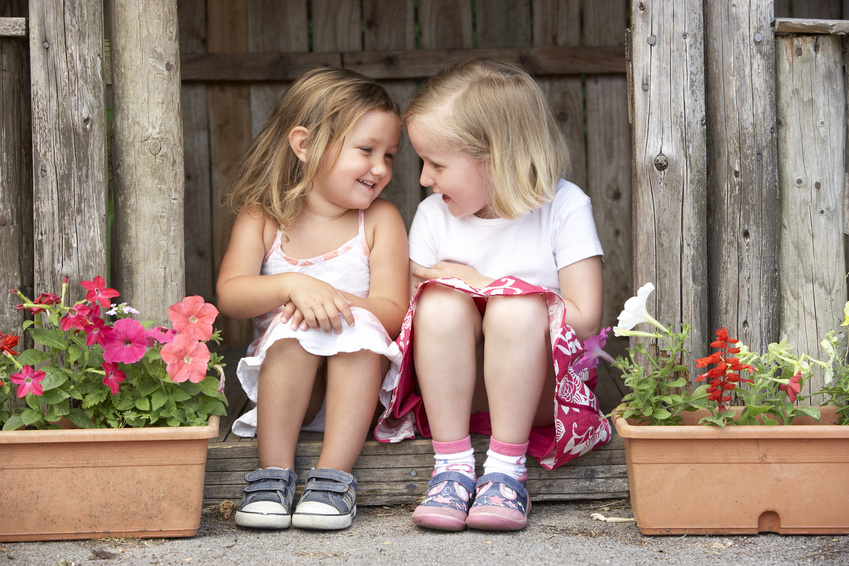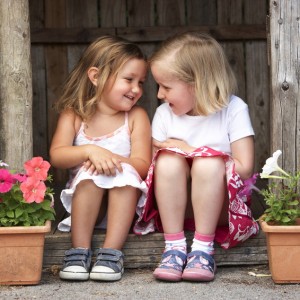
The Japanese people have an expression, “read the air,” which, in essence, means to take in one’s surroundings before acting. Take a few moments to use one’s senses—observe and listen—to gauge what is happening in this place at this moment, before doing anything else. “Reading the air” is a respectful practice. Enter a space or situation quietly and absorb what is going on in it— the level of activity; the level of conversation or silence; the level of engagement—how others are interacting, responding to one another, or not. The Japanese people observe and listen first. And then, they act or react in a way that ‘fits’ the situation. If everyone is deeply engaged, talking quietly with one another, then enter in the same way. A loud and boisterous entry into a quiet place will have others shaking their heads and murmuring “she does not read the air.” In Japan, “reading the air” shows respect to the people already involved, and to the situation at hand. It is a polite and considerate way of being.
We, in early childhood education, can also tap into this practice. “Reading the air” easily applies to the way we enter a classroom of young children; how we join a group of preschoolers already at play; and how we enter a conversation between colleagues. Do we enter quietly, respectfully, and take in all that is happening within the space? Do we observe and listen first? And then, do we enter in a way that “fits” with what is already happening? Do we “read the air?”
Or, do we enter the room with no thought to what is already happening in it and clumsily interrupt the activity and hum of the classroom?
Best practice teaching is often described as a cycle that involves watching and listening—with care. Teachers observe everything going on carefully and listen closely to the children. Teachers reflect on, think about, and engage in dialogue with others about what is happening. Teachers respond thoughtfully in ways that support children’s ideas, questions, and thinking. Teachers gather data from the children, use what they learn, and act as a resource for the children. Teachers ask questions and discover the children’s ideas and theories. Teachers then find additional materials and equipment to test out the children’s ideas.
The best teachers of young children are keen observers and listeners. I suspect they “read the air” quite well and act appropriately and respectfully toward their children.
What about you? How do you see yourself? Are you adept at first “reading the air” in your classroom and then acting? Upon entering, are you respectful of the children and adults already engaged? Do you first observe and listen to everything going on? And do you then insert yourself into the mix with care and consideration?
If you haven’t yet spent some good time observing and listening to the hum of your classroom, I invite you to add this practice to your teaching this new school year. It will take some slowing down a bit to actually do this, but once you begin to “read the air” you will see the enormous benefits for both the children and adults who live with you.






